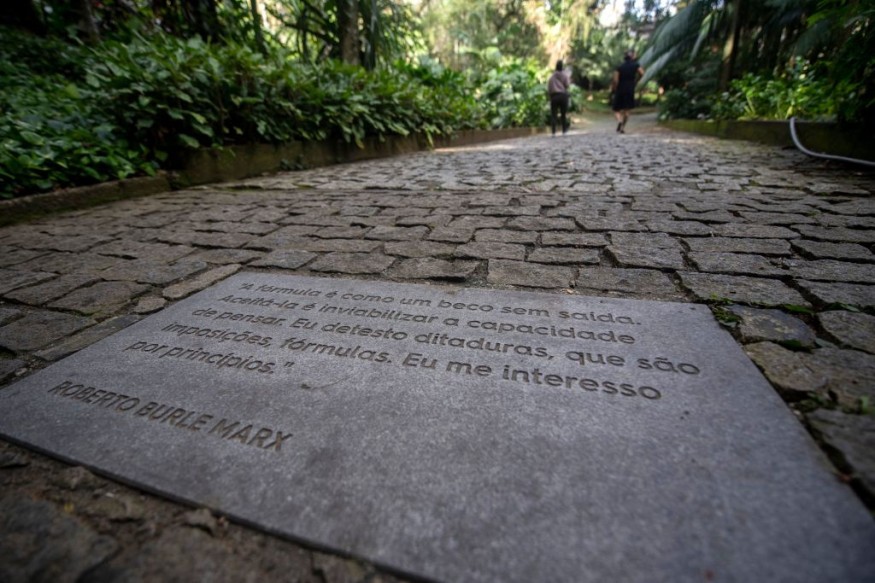Sitio Burle Marx, Brazil’s Cultural Landscape Garden Receives UNESCO Distinction

The Sitio Burle Marx, located in western Rio de Janeiro that features more than 3,500 species of plants native to Rio, received a new international distinction Tuesday as UNESCO added it to the list of world heritage sites.
One of Burle Marx's Masterpieces
The specialized agency of the United Nations, the United Nations Educational, Scientific and Cultural Organization, also known as UNESCO, added the globally renowned site of Marx to the list of heritage sites in the world.
According to Associated Press, due to its natural beauty, the former home of landscape architect Roberto Burle Marx in Rio de Janeiro qualified to the sites all over the world that received international distinction from UNESCO. Aside from its physical beauty, the place of Marx was also considered a laboratory for botanical and landscape experimentation.
The said recognition of the site in Rio was granted during a meeting of UNESCO's Heritage Committee in China. The site was designated as a 'Cultural Landscape,' which is a category that celebrates places that allowed interactions between the environment and its people.
UNESCO shared in a statement that the garden featured the key characteristics that defined Burle Marx's landscape gardens and influenced the development of modern gardens across the globe.
"The garden is characterized by sinuous forms, exuberant mass planting, architectural plant arrangements, dramatic colour contrasts, use of tropical plants, and the incorporation of elements of traditional folk culture," the statement read.
ALSO READ : Mexico Raids Building Project Close to Teotihuacán Pyramids, Archeological Site's Outlying Parts Damaged
The site was named after its owner and designer Burle Marx. The place also served as his home until 1985. Marx left the site when he donated the garden to the federal government of Brazil.
Roberto Burle Marx, before his death in 1994, has been recognized as one of the most important landscape artists of the 20th century. Marx was credited with his creations and concepts about the modern tropical garden.
Meanwhile, the property is open to visitors where they could witness tropical and semi-tropical plants coexisting alongside other plants from the native Atlantic forest. Aside from the variety of plants, 3,000 pieces of pre-Columbian and modern art were also present on the site.
Furthermore, Claudia Pinheiro Storino, the director of the Sitio Burle Marx, stated that the recognition from UNESCO was the result of a process that was long and very difficult, but also rewarding. Storino added that the recognition was a big effort from many individuals who took care of the cultural landscape.
Burle Marx carried out projects not only in Rio but also in other Brazilian cities as well and even abroad. Marx's works included Miami and Buenos Aires. The Sitio Burle Marx was considered as one of the artist's most important works. The recent distinction placed it as the 23rd Brazilian location recognized on UNESCO's list of World Heritage sites.
This article is owned by Latin Post
Written by Jess Smith
WATCH: Roberto Burle Marx Site, UNESCO World Heritage - Ministério das Relações Exteriores - Brasil
Subscribe to Latin Post!
Sign up for our free newsletter for the Latest coverage!
© 2026 Latin Post. All rights reserved. Do not reproduce without permission.















